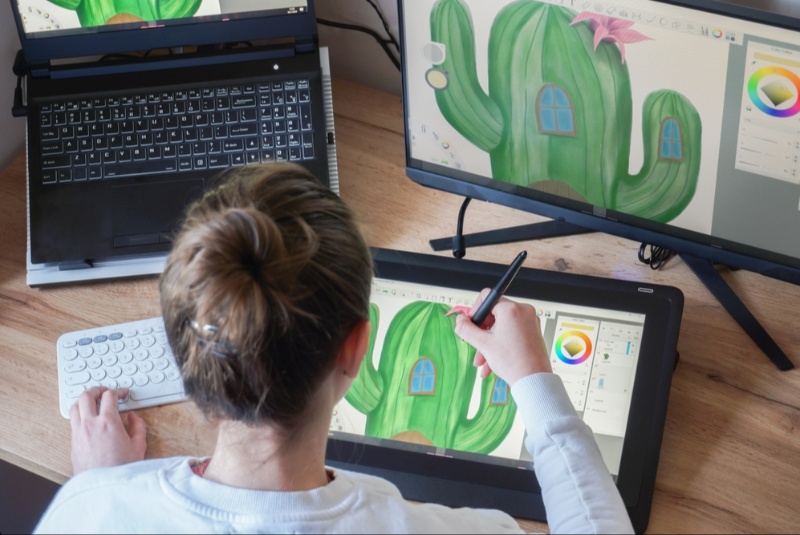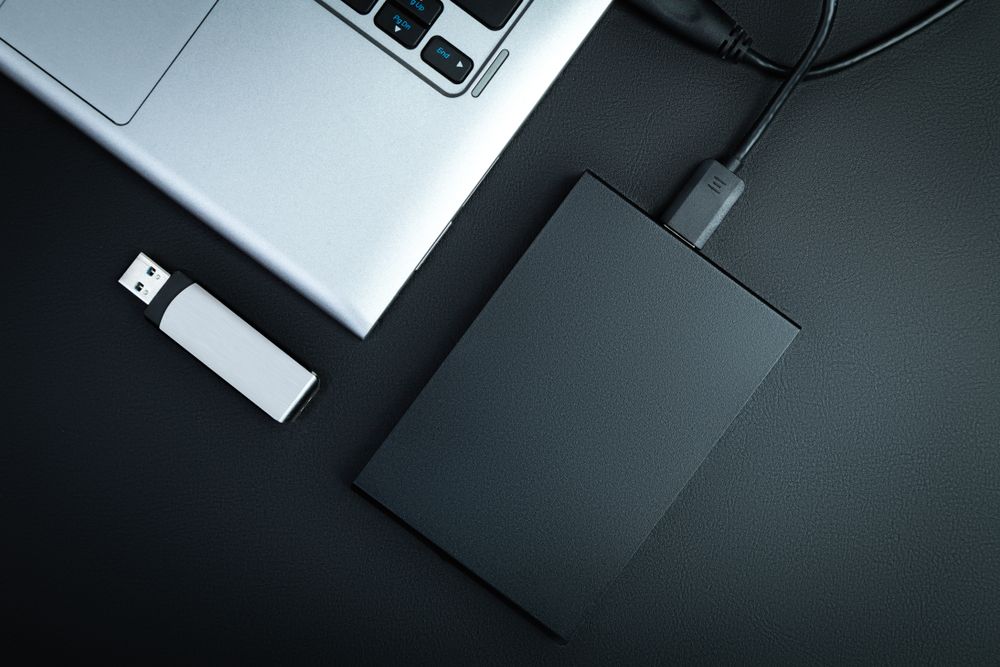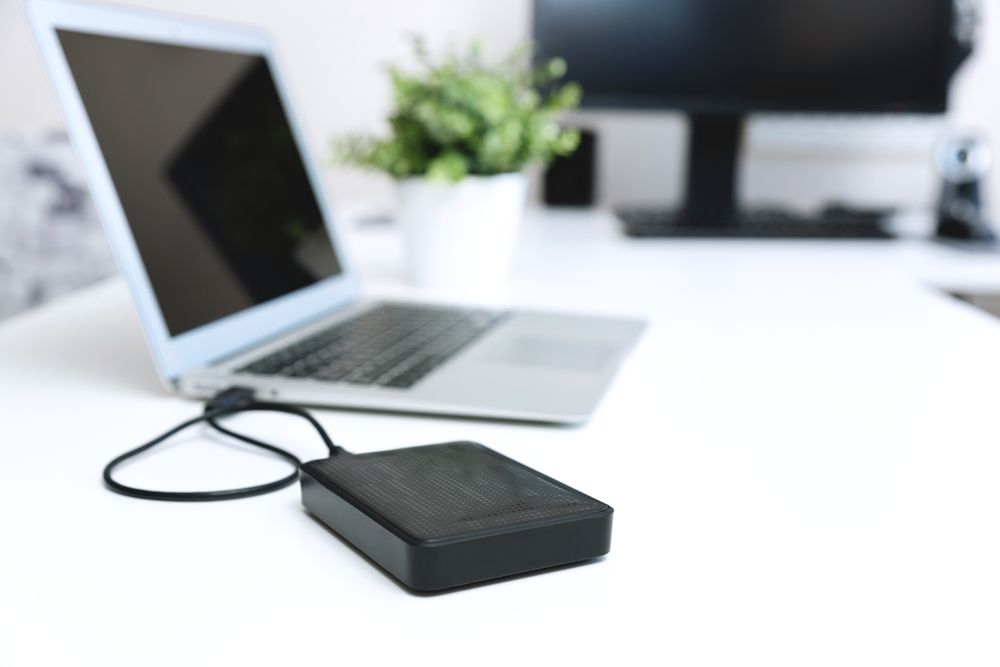Selecting the right digital art and drawing tablet is essential for artists, whether you're a beginner or a seasoned professional. A good tablet can greatly enhance your drawing experience, offering precision, ease of use, and powerful tools for creativity. However, with so many options on the market, it can be overwhelming to choose the best one for your needs. The right tablet will complement your drawing style, provide a comfortable work environment, and support your artistic goals. This guide will help you understand the most important factors to consider when selecting the ideal tablet for digital art and design.
Consider Your Skill Level and Needs
The first step in choosing a digital art tablet is to assess your skill level and what you need from the device. If you are a beginner, you might want a more affordable and user-friendly option, while professionals may require more advanced features and precision. Entry-level tablets often provide essential tools without overwhelming you with complex features. On the other hand, professional tablets come with higher resolution, better pressure sensitivity, and customizable buttons for shortcuts. By identifying your skill level and what you plan to achieve, you can focus on the features that will best suit your creative process.
Assess Tablet Types: Screen or Non-Screen
Digital art tablets come in two main types: those with built-in screens and those without (also known as graphic tablets). Tablets with screens allow you to draw directly on the display, mimicking the experience of drawing on paper. These are often preferred by artists who want a more intuitive experience. Non-screen tablets, however, require you to draw on the tablet while looking at your computer monitor. While this may take some getting used to, non-screen tablets are generally more affordable and lightweight. Decide whether you prefer the direct interaction of a screen tablet or are comfortable working with a graphic tablet.
Examine Pressure Sensitivity Levels
Pressure sensitivity is one of the most critical features in a digital art tablet, as it determines how well the tablet responds to your pen’s pressure. Higher pressure sensitivity allows for greater control over the thickness and opacity of your lines, making your digital artwork feel more natural. Most tablets offer between 2,048 to 8,192 levels of pressure sensitivity. If you work on highly detailed projects or need precise control over your brushstrokes, opt for a tablet with higher sensitivity. A higher level of pressure sensitivity enhances the ability to create more dynamic, varied, and expressive lines.
Check the Pen Responsiveness and Tilt Recognition
A responsive pen is crucial for creating smooth and accurate digital artwork. The responsiveness refers to how quickly the tablet registers the movements of the stylus, reducing any lag between your hand's movements and the appearance of lines on the screen. Look for pens with minimal lag and high accuracy for the best drawing experience. Additionally, some digital art tablets come with tilt recognition, allowing you to adjust your strokes based on the angle of the pen, which can mimic traditional drawing techniques like shading. Tilt recognition can be a valuable feature for artists who want more control and versatility.
Evaluate the Tablet’s Screen Resolution and Color Accuracy
If you’re considering a tablet with a built-in display, the screen resolution and color accuracy are important factors. Screen resolution affects how crisp and clear your artwork will appear, with higher resolutions providing more detail. Tablets with HD, QHD, or 4K resolution are ideal for artists working on intricate designs. Additionally, color accuracy is crucial for digital artists who need precise color representation. Look for tablets that cover a wide color gamut, such as sRGB or Adobe RGB, to ensure that the colors you see on the screen closely match what you intend to produce in your final artwork.

Determine the Right Size and Portability
The size of the tablet can impact both your workflow and the comfort of using the device. Larger tablets offer more surface area for drawing, which can be beneficial for detailed work or larger projects. However, they are less portable and take up more space. Smaller tablets are more compact and easier to transport, making them ideal for artists on the go or those with limited desk space. Keep in mind that screen tablets with larger displays may also offer a better visual experience but come with higher prices and less portability. Consider your workspace, budget, and whether portability is important when choosing a size.
Look for Customizable Buttons and Shortcut Keys
Many digital art tablets feature customizable buttons or shortcut keys, allowing you to streamline your workflow by assigning commonly used functions to these buttons. This can save time and make your creative process more efficient, especially when switching between tools, zooming, or adjusting brush sizes. If you value speed and efficiency in your work, look for a tablet that offers a good number of customizable buttons. Additionally, some tablets have radial menus or touch rings that allow for even more shortcuts, further enhancing your ability to focus on the creative process without interrupting your flow.
Consider Compatibility with Software and Devices
Before purchasing a digital art tablet, ensure that it is compatible with the software you plan to use and the devices you own. Most tablets are compatible with popular art software like Adobe Photoshop, Illustrator, Corel Painter, and Clip Studio Paint, but it’s always important to double-check. Additionally, make sure that the tablet works well with your operating system, whether you use a Windows PC, Mac, or Linux. Some tablets also offer Bluetooth connectivity, making it easier to use with multiple devices. Compatibility is key to ensuring that your tablet integrates seamlessly into your existing workflow.
Don’t Forget About Battery Life and Power Options
If you’re choosing a tablet that has a built-in screen or a wireless pen, battery life is an important consideration. Some pens are battery-free, using electromagnetic resonance (EMR) technology, which means they never need charging. Others may require batteries or charging, so check the battery life if you plan to work on long projects. Similarly, if you choose a portable tablet with its own display, ensure it has sufficient battery life to support your work without frequent interruptions. For non-screen tablets, power options like USB or wireless connectivity can also affect portability and ease of use.
Set a Budget and Compare Brands
Digital art tablets come in a wide range of prices, from budget-friendly models to high-end professional options. Setting a budget before you begin your search will help you narrow down your choices. While it’s tempting to go for the most expensive option, many affordable tablets offer excellent features for beginners and intermediate artists. Well-known brands like Wacom, Huion, and XP-Pen are popular for their reliability and innovation. Comparing reviews and brand reputations can help you find a tablet that fits both your budget and your creative needs, ensuring you get the best value for your investment.
Finding the Perfect Digital Art Tablet for You
Selecting the right digital art tablet is a personal choice that depends on your specific artistic needs, budget, and preferences. By understanding the importance of features like pressure sensitivity, screen resolution, pen responsiveness, and compatibility, you can make an informed decision that enhances your creative process. Whether you’re a beginner or a professional, there’s a tablet out there that will fit your unique workflow and artistic goals. Take your time to compare options, test devices if possible, and find the perfect digital art tablet that allows you to create with ease and precision.





